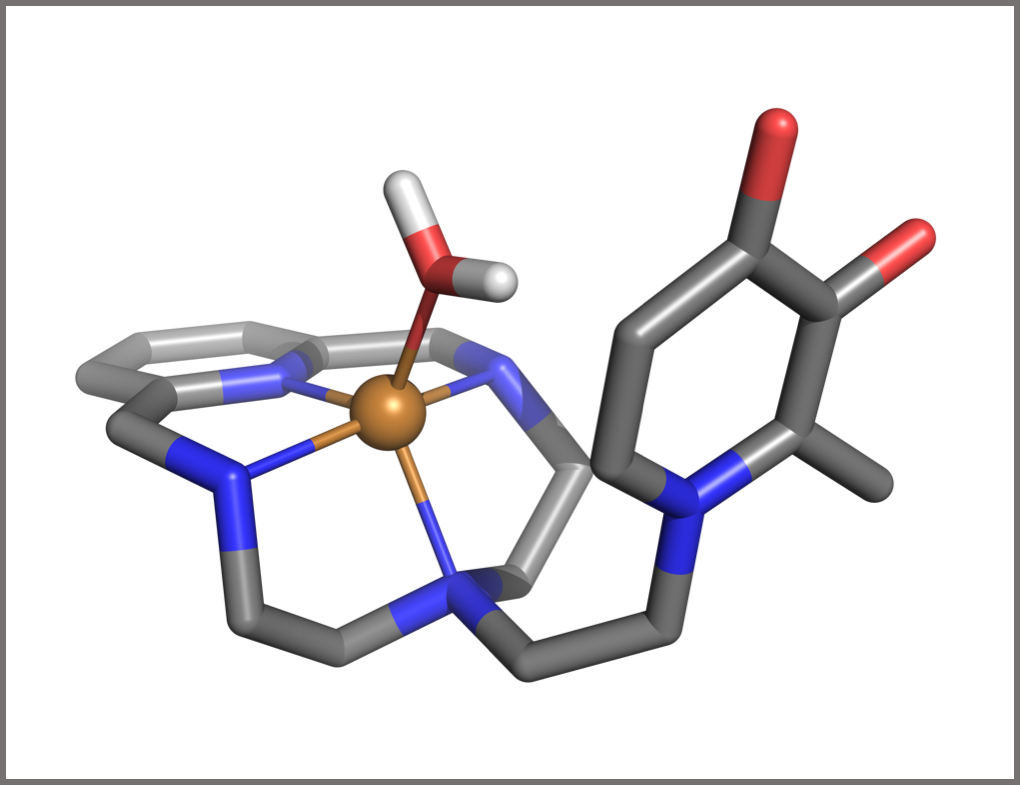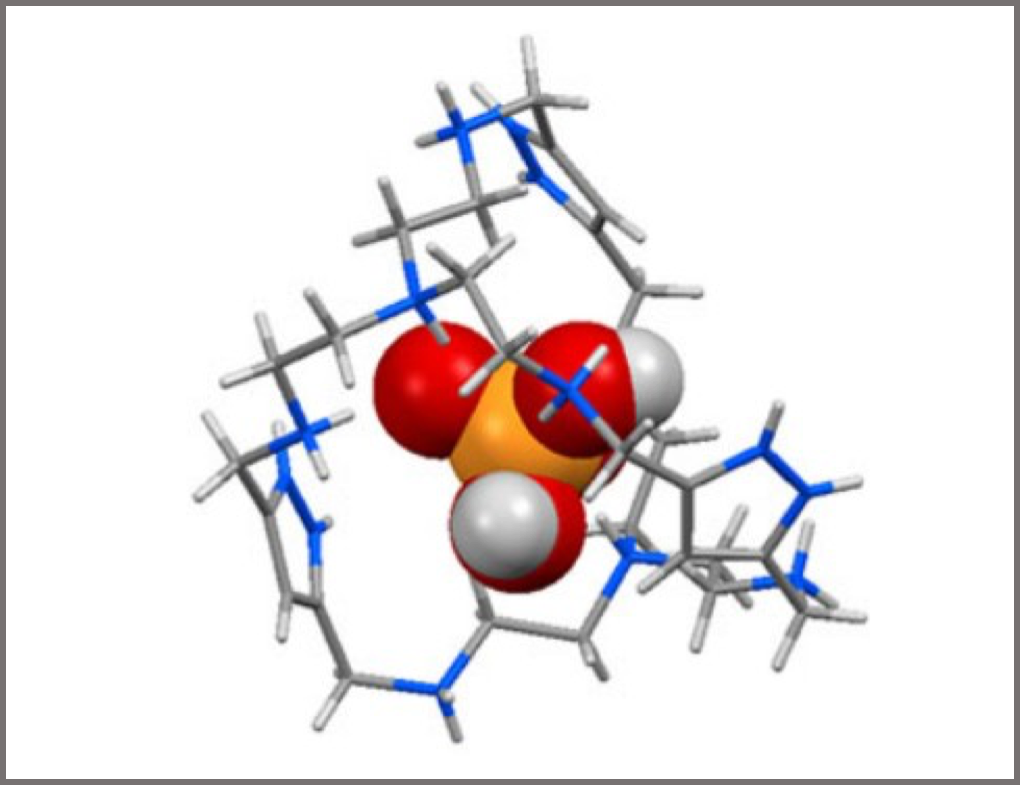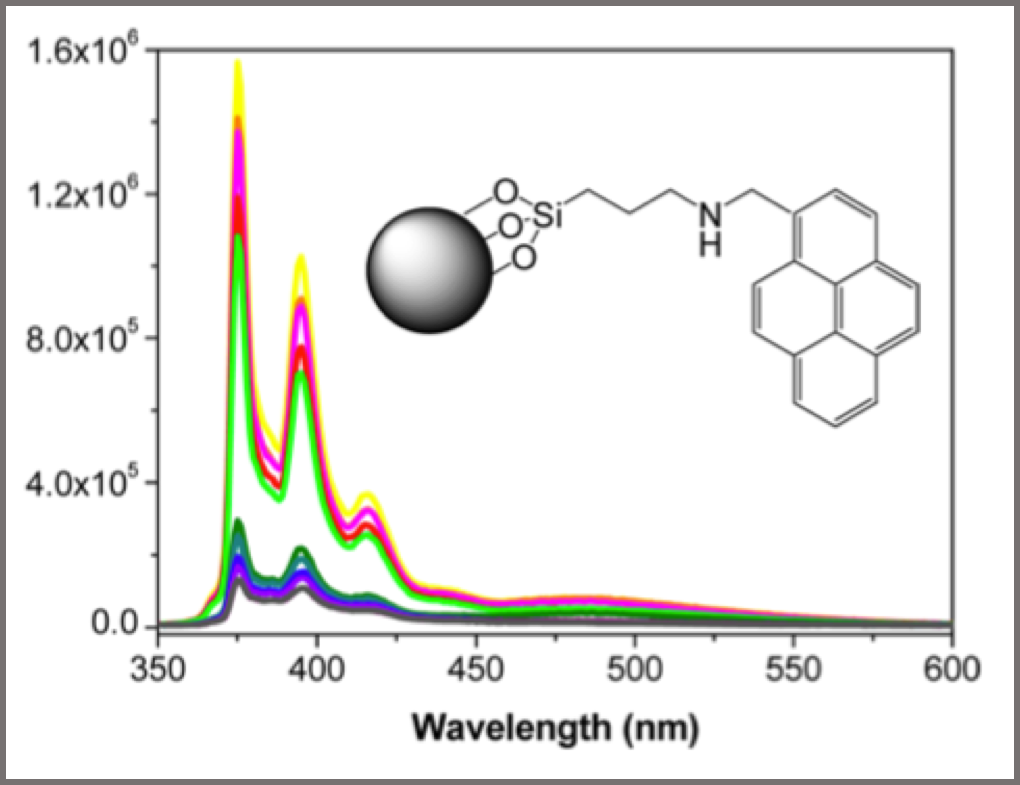Our research
The Supramolecular Chemistry group of the University of Valencia, ICMol, is an interdisciplinary unit whose members afford different research perspectives spanning from biomedicinal to environmental chemistry. The Supramol group coordinated by Prof. Enrique García-España is currently integrated by four staff professors, five PhD doctors, five PhD students and three master students.
The research activity is organized around the following topics:
 |
Antiparasitic and Antitumoral Activity. In the last few years our research group has designed a new family of polyamine compounds consisting of a macrocyclic pyridinophane core substituted with side chains containing additional donor atoms. These macrocycles are termed scorpiand ligands. We study the in vitro action of several of these compounds and derivates against Trypanosoma cruzi and two species of Leishmania. Furthermore, we study its antiparasitic, anti-inflamatory and antitumoral activity both carring out in vitro and in vivo and by theoretical methodes. |
 |
Superoxide Dismutase Mimetics. Since it has been pointed the development of new antioxidant drugs as a useful weapon against neurological disorders such as Alzheimer’s or Parkinson’s disease, our group has focused on the development of compounds with antioxidant activity. So, during the last years we are designing and studying new polyazamacrocycles able to mimic superoxide dismutase and other enzymes related to molecular oxygen metabolism. |
 |
DNA and G-Quadruplex interaction. Synthesis of new receptors able to interact selectively with nucleic acids via intercalative binding or through the formation of G-quadruplex structures, design of contrast agents for imaging arteriosclerotic injuries. |
 |
Inorganic-Organic Hybrid Materials. We work with novel 1-D helical coordination polymers formed by protonated polyamine 1H-pyrazole cryptands interconnected by Cu2+ metal ions that are able to encapsulate anionic species behaving as a multianion receptor. |
 |
Molecular Chemosensors. The design and synthesis of chemosensors capable of recognizing metal ions or anions have attracted much attention in recent years due to fundamental roles played by these ions in a wide range of biological, chemical, and environmental processes. Our group in focused in carrying out different types of studies using fluorescent polyamines in order to obtain more selective and sensitive chemosensors. Furthermore, the compounds are anchored to different supports such as microporous and mesoporous materials, silica nanoparticles, gold nanoparticles, quantum dots, and boehmite nanoparticles aiming to obtain more efficient chemosensors. |